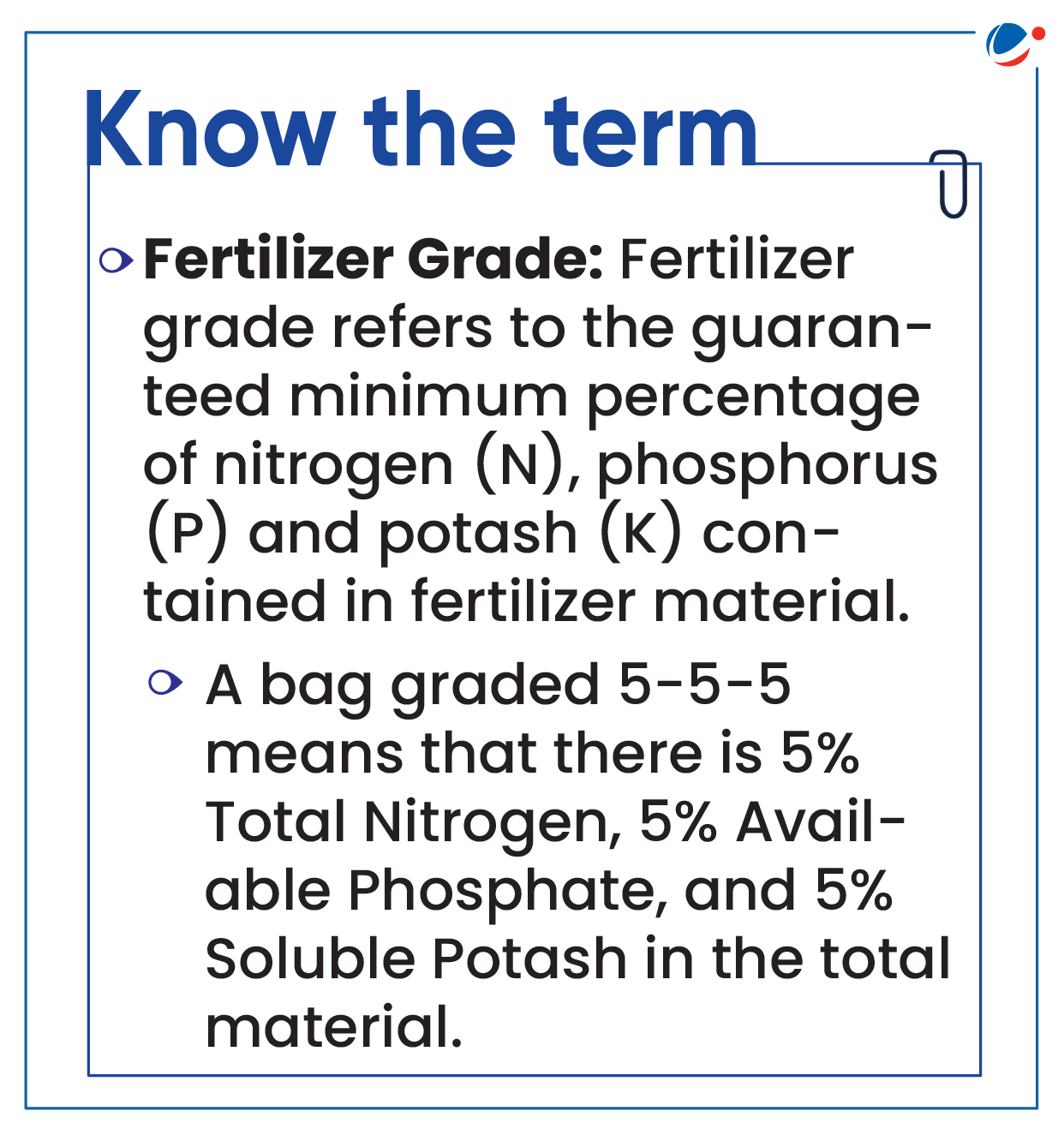Why in the news?
Ministry of Chemicals and Fertilizers issued guidelines regarding reasonableness of Maximum Retail Prices (MRPs) of Phosphatic and Potassic (P&K) fertilizers under the Nutrient Based Subsidy (NBS) policy.
More on the news
- Through these guidelines, government has brought P&K fertilizers under the NBS support under reasonable pricing controls.
- NBS fertilisers — unlike urea, whose MRP is fixed by the government — are technically decontrolled.
- Under NBS scheme, their MRPs are supposed to be market-determined and set by the individual companies selling them.
Urea subsidy policy
|
About Nutrient Based Subsidy (NBS) Policy
- Objective: Government introduced the NBS policy in 2010 with an aim to provide fertilizers to the farmers at the subsidized prices.
- It has been approved for implementation up to FY 2025-26.
- Basis: It has been framed under Fertilizer (Control) Order (FCO), 1985 issued under Essential Commodities Act, 1955.
- FCO lays down as to what substances qualify for use as fertilizers in the soil, product-wise specifications, procedure for obtaining license/registration as manufacture/dealer in fertilizers and conditions to be fulfilled for trading thereof, etc.
- Eligibility: NBS is applicable for 25 grades of P&K fertilizers namely, Di Ammonium Phosphate (DAP), Muriate of Potash (MOP), Mono Ammonium Phosphate (MAP), Triple Super Phosphate (TSP), etc.
- Government announces a fixed rate of subsidy (in Rs. Per Kg basis), on each primary nutrient of subsidized P&K fertilizers, namely Nitrogen (N), Phosphate (P), Potash (K) and Sulphur (S), on annual basis.
- Subsidy recommendations: Inter-Ministerial Committee (IMC) recommends per nutrient subsidy for ‘N’, ‘P’, ‘K’ and ‘S’ before the start of the financial year for decision by Department of Fertilizers.
Key provisions of the guidelines
- Implementation: These guidelines will be effective retrospectively from April 1, 2023.
- Profit percentage: Differential profit percentage will be allowed for P&K fertilizer companies based on their category (i.e., different profit percentage for importers, manufacturers, and integrated manufacturers).
- Basis of evaluation: Basis of evaluation of reasonableness of MRPs will be total cost of sales i.e. cost of production/import, administrative overheads, selling and distribution overheads, net interest and financing charges.
- Goods and Services Tax will be excluded from evaluation of reasonableness of MRPs.
- Applicability: Reasonability of MRPs will be evaluated for all fertilizer grades for which subsidy is received by companies under the NBS scheme.
- Assessment: Companies will self-assess unreasonable profit earned by them and refund unreasonable profit to Department of Fertilizers.

Conclusion
The step is aimed at decreasing the cost of farming by curbing unreasonable profit extraction. To enable the sector in the long term, other steps like reduced import dependence and balanced fertilizer use should also be taken.



